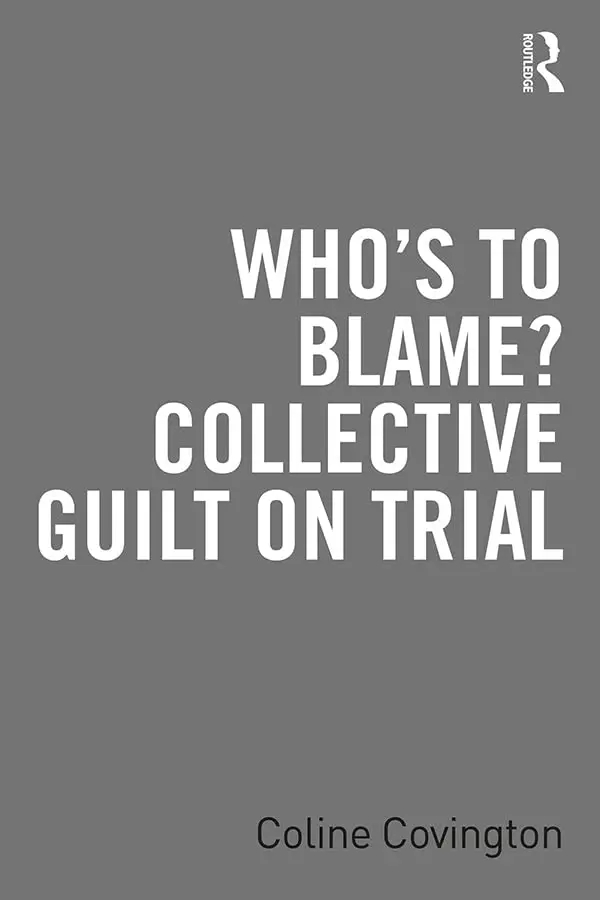Coline Covington starts by challenging the position of the moral philosopher Susan Neimann that “the group retains not just collective responsibility for its past but collective guilt” (p. xv). Neimann’s work draws on the effort of the German people to atone for their deeds in the second world war and set an example for others, something they should do. It is the “should do” that raises Covington’s aversion because in the Judeo-Christian tradition this perpetuates “a binary view of events and how we ‘should’ understand and feel about them” (p. xv). Covington refers to personal experiences and her defiance about having to adhere to what is meant to be felt while not having her experience recognized. She challenges her readers to do the same. The danger of dividing groups into victims and perpetrators, and apportioning blame for which guilt needs to be felt, often with a subjectively chosen trauma to support the group’s narrative, thereby negating the need to understand how we all can become, and are—by virtue of being human— complicit in atrocities.
https://onlinelibrary.wiley.com/share/author/HBUWQYVTCKVVFT2T2CE5?target=10.1111/1468-5922.12994

Dr Hessel Willemsen © All Rights Reserved 2025